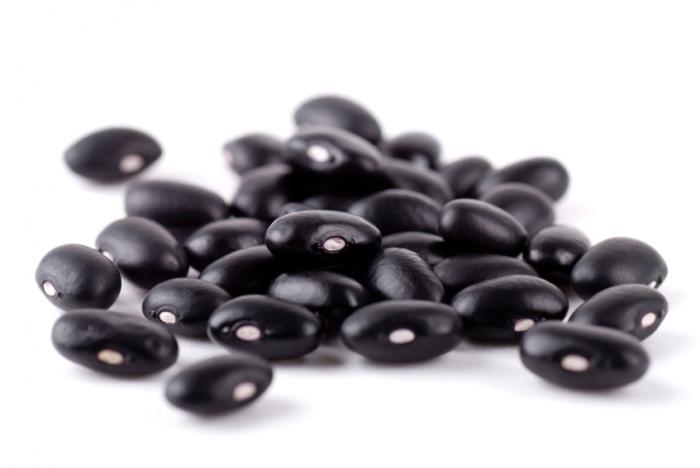Characteristics:
Beets can come in multiple colors, such as: red, white, and yellow. They are round, and have leaves coming out of the top. They are very pungent in color, and many people use them as a natural red or purple dye. The leaves are very similar to Swiss chard, and taste a lot like it too.
Origin: Remains of ancient beets were found in the Third Dynasty Saqqara Pyramid, in Thebes, Egypt. There was also evidence in the early civilization of Mesopotamia.
Growing Season: Beets grow in cooler months, and are in season in summer and early fall.
When they are ripe: They take 50-70 days to grow. There is no specific time when they are ripe, you can pick them whenever you want to.
Health Benefits:
-Contains Folic acid (which helps your body create new cells)
-Cleanses colon
-Cleanses blood
-Immunity booster
-Fights Cancer
-Heals Acne
-Help cure boils and abscesses
-Strengthens gallbladder and liver
-Prevents heart disease
-Good source of iron
-Vitamin A, C, and Niacin
-Magnesium, Calcium, Phosphorous
How to Cook and Prepare them:
Check out this website for this recipe, (http://www.foodnetwork.com/recipes/ina-garten/roasted-beets-recipe) Here are the steps:
Ingredients:
-12 beets
-3 tbs of olive oil
-1 1/2 tsp thyme leaves (drop of thyme oil)
-2 tsp of salt
-1 tsp of black pepper (drop of black pepper oil)
-2 tbs raspberry vinegar
-Juice of 1 orange (1-2 drops of orange oil)
Steps:
2. Remove the top root of the beet and peel them
3. Cut the beets into 1 1/2 inch chunks
4. Place the beets on a cooking sheet
5. Put the thyme, salt, pepper, and put them on the beets
6. Roast fr 35-40 minutes
7. Take them out and toss them with the vinegar and orange
Fun Facts:
-Beets contain a substance that relaxes your mind and helps with depression
-It can cure dandruff
-Beet juice is often used as a natural red dye
-Beets can be used in wine and burgers
Warnings:
Beets can possibly cause kidney damage if you eat too much of them. If you have any sort of kidney disease, refrain from eating large amounts of beets.
Thanks for reading! Please comment with any questions or thoughts that you have! We appreciate all the support worldwide!
For more information, go to:
(1) http://www.newworldencyclopedia.org/entry/Beet
(2) http://www.bonappetit.com/columns/in-season-now/article/beets-in-season-in-december
(3) https://www.drugs.com/folic_acid.htm
(4) http://www.almanac.com/plant/beets
(5) http://www.foodnetwork.com/recipes/ina-garten/roasted-beets-recipe
(6) http://food.fnr.sndimg.com/content/dam/images/food/fullset/2011/8/9/0/BX0504H_roasted-beets_s4x3.jpg.rend.hgtvcom.616.462.jpeg
(7) https://www.lovebeets.com/fun-facts-tidbits/
(8) http://www.webmd.com/vitamins-supplements/ingredientmono-306-beet.aspx?activeingredientid=306&activeingredientname=beet








